#m:charles dickens
Text
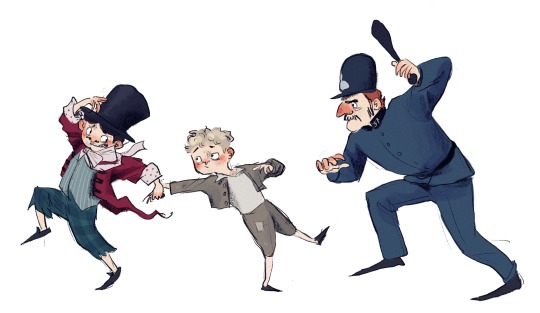
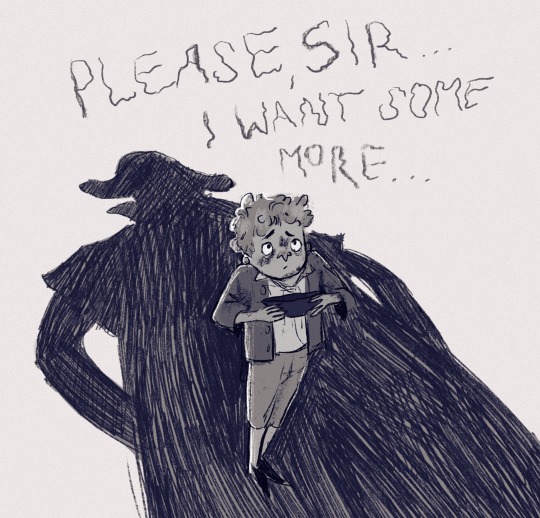



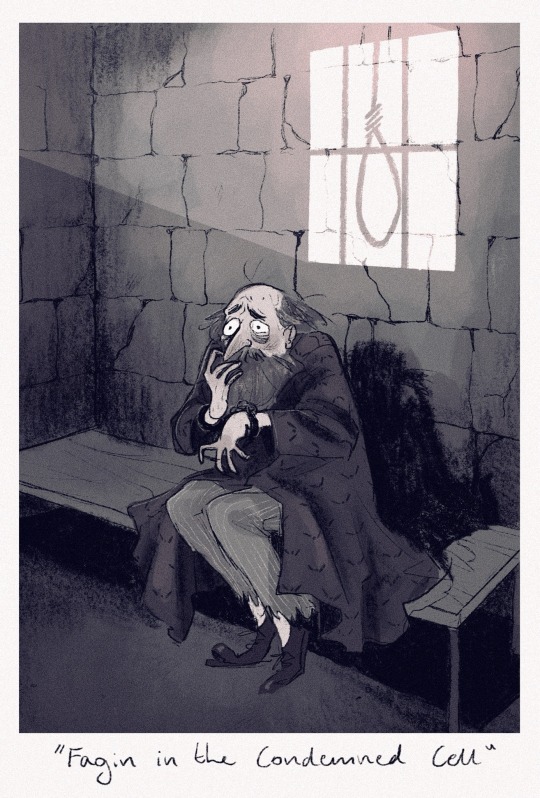
Gorgeous sexy girls have a weird thing about Oliver Twist
#art#illustration#fan art#oliver twist#dickens#dickensian#fagin#the artful dodger#oliver!#it's not exactly meant to be the 1968 versions#but let's be real#it's highly derivative
496 notes
·
View notes
Photo

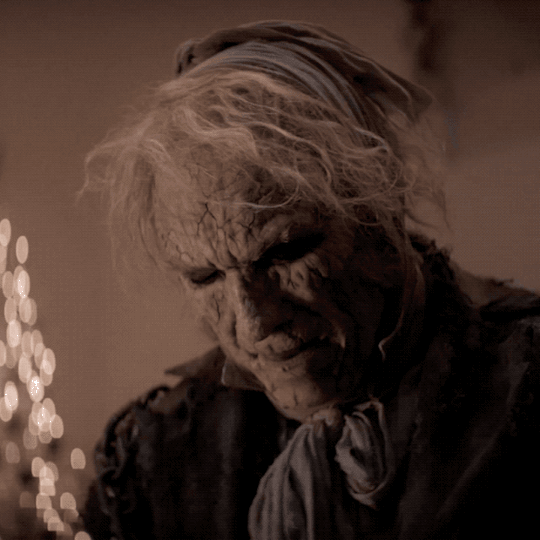

Just shower thoughts for the century.
3K notes
·
View notes
Text

#curators on tumblr#a christmas carol#christmas carol#book#books#dickens#charles dickens#bookworm#literature#cozy#cozycore#christmas#holidays#xmas#merry christmas#merry xmas#festive
176 notes
·
View notes
Text
How many times do we have to say:
Create characters with strength of virtue, not strength of skills.
I just finished A Tale of Two Cities with the character Lucie Manette, who "does" nothing but love the people around her and extend compassion toward everyone within her sphere of influence. She makes no "choices" that contemporary audiences would award the stupid badge of "giving her agency" to.
She doesn't make a speech that saves Charles Darnay's life. She doesn't lead the victims of the French Revolution into a counter-revolt. She doesn't fight off the soldiers that come to take her husband, or beat up Madame Defarge when she threatens her child, or even come up with the escape plan to flee Paris.
She makes none of those kinds of choices. (You know who does? Madame Defarge. But the compare-contrast between those two can wait till another day.)
But she makes these kinds of choices:
She'll give her honest testimony in a trial for a potential traitor to the crown, and demonstrate her compassion and grief for a near-stranger, wearing that vulnerability on her sleeve in front of a huge court of people clamoring for blood.
She'll be compassionate toward Sydney Carton, even though he's rude, careless, and brings a bad attitude into her happy home.
She'll spend the energy of her life making that home happy.
She'll stand for two hours in any weather on the bloody streets of the French Revolution so her husband might have a chance of glimpsing her and getting some comfort from the prison window.
She'll trust the older men in her life when they ask her to.
She'll allow an old woman to care for her and go everywhere she goes, and treat her like a child, as long as it makes the old woman in question happy.
And what, WHAT is the consequence of these kinds of decisions, choices, that some ignorant people call "passive?"
That old woman is allowed to love Lucie Manette so much that she defeats the villainess in the climax of the story, holding Madame Defarge back from getting revenge with sheer strength that comes directly from that love.
Her father is allowed to draw strength from the fact that Lucie believes she can depend on him--because she chooses to let her father take the lead and do the work of saving her husband, Dr. Manette is fully "recalled to life;" he doesn't have to identify as a traumatized, mentally unstable victim anymore, because Lucie is treating him like he can be the hero.
Her husband does see her in the street, and does draw strength from that--just that--instead of losing his mind the way her father, starved for a glimpse of his loved ones, did during his own imprisonment.
Lucie's home is so full of the love and kindness that she fills it with that not only does her father return to remembering who he is after his long imprisonment--but Mr. Lorry, a bachelor with no family, can feel at home with a full life, there. Miss Pross, whose family abandoned and bankrupt her, has a home with a full life, there. Charles Darnay, whose life of riches and pleasure as a Marquis was empty, has a home with a full life, there. In Lucie's home, because she spends her life making it the kind of home others can find rest in.
Sydney Carton, a man whose whole life has been characterized by a LACK of "care" for himself or anyone else, suddenly cares about Lucie. When he thought it was impossible to. And he doesn't care about her because she's pretty. Her beauty was just a source of bitterness for him--one more pleasure he could've had but can't. Until he "saw her with her father," and saw her strength of virtue, of pity, of compassion, of self-sacrificial love--then he felt that she "kindled me, a heap of ashes, into fire." He started caring about life again, where it was associated with her, because she brought to life every good thing. Just by being a woman of good virtue. And we know what that inspiration led him to.
Without Lucie's strength of virtue, and the decisions that naturally came from that, none of the "active" choices other characters made would have happened. Sydney would not have been redeemed. Darnay would not have been saved. Her father never would've been recalled to life. Miss Pross and Mr. Lorry would've had no light or love in their lives. Even Jerry would've had no occasion to learn from his mistakes and resolve to stop abusing his family.
A character like Dickens' Golden Thread, who does what a woman should do, inspires the choices other characters make. That makes her more powerful, in her own way, than the heroes and any decisions they make. Because she's the cause. She's the inspiration. She's the representation of everything good, right, precious, worth fighting for.
Lucie Manette's not the only character like this. Cinderella. The original Disney Jasmine. The original Disney Ariel. Lady Galadriel. Jane Eyre. Amy March.
"Behind every great man is a great woman," indeed! Absolutely! Bravo!
Hang on! Hang on to those kinds of characters. Those a real "strong female" characters. The muses, the inspirations, the reminders of The Greater Good. The people who make fighting the dragons worth it at all. Who cares about fighting the dragon? That's not so great, without her.
Don't forget those kinds of characters! Reading Dickens just makes me desperate for our generation to keep up the reminder: make characters that the next ten generations can learn from: strength of virtue is much more important than silly little strength of skill.
#Dickens#Charles dickens#writing#storytelling#behind every great man is a great woman#strong female characters#strong woman#Lucie Manette#a tale of two cities#classics#writing advice#feminism#feminism is poison#Christianity#Christian fiction#tropes#Sydney carton
86 notes
·
View notes
Text

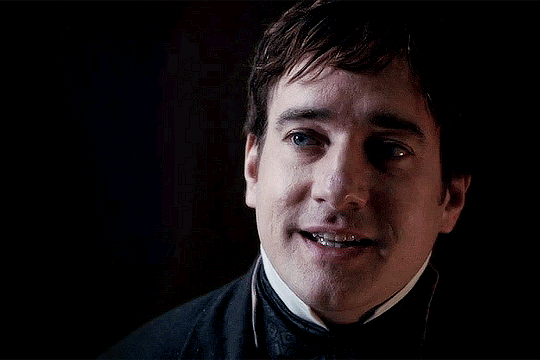
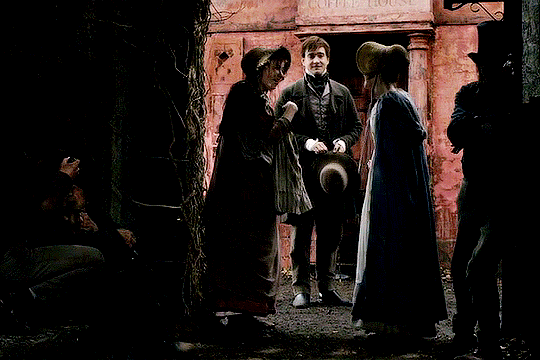

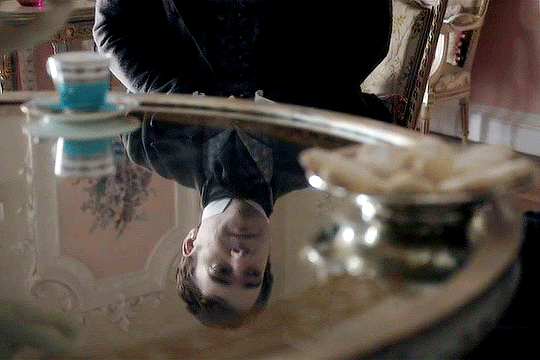

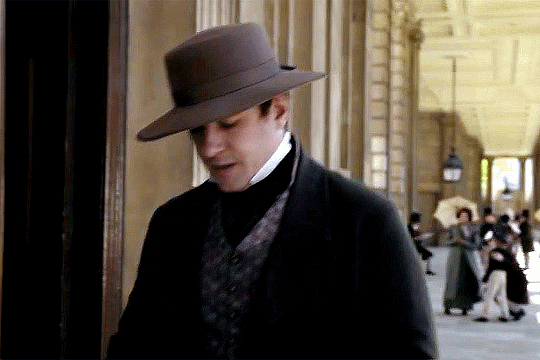
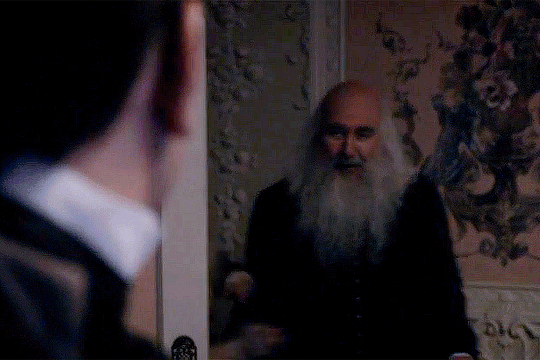
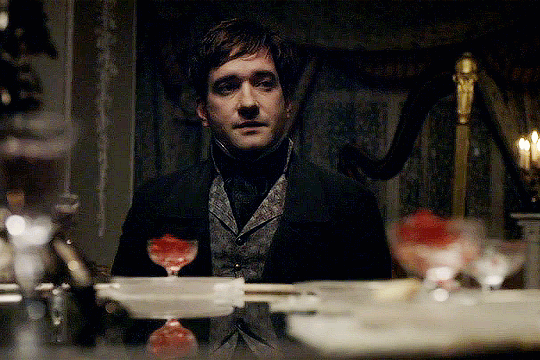
Little Dorrit (2008)
Episode 2
#little dorrit#arthur clennam#matthew macfadyen#amy dorrit#claire foy#perioddramagifs#perioddrama#period drama#tvedit#tvgifs#tv#charles dickens#dickens#amy x arthur#cuties
95 notes
·
View notes
Text





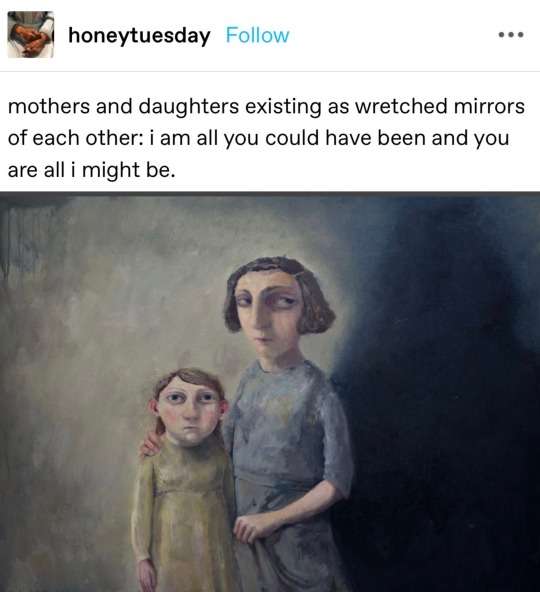


Joan Tierney, Charles Dickens, Succession HBO, Shirley Jackson, Mitch Albom, @honeytuesday , (can't find source!), Hailey Noecker
#connecting dots#Motherhood#Joan Tierney#Dickens#Hailey Noecker#Mitch Albom#Succession#kendall succession#Kendall Roy#Web Weaving#Daughters#Mothers and daughters#Fathers
208 notes
·
View notes
Text

George Rodger - Dicken’s London, 1962
62 notes
·
View notes
Text

Oliver Twist -Please Sir, I want some more
#my stuff#hamsters#oliver twist#charles dickens#dickens#hamster#Oliver#hammy#hampter#please sir i want some more#please sir#somthin different#Oliver Twist Hamsterverse
33 notes
·
View notes
Text


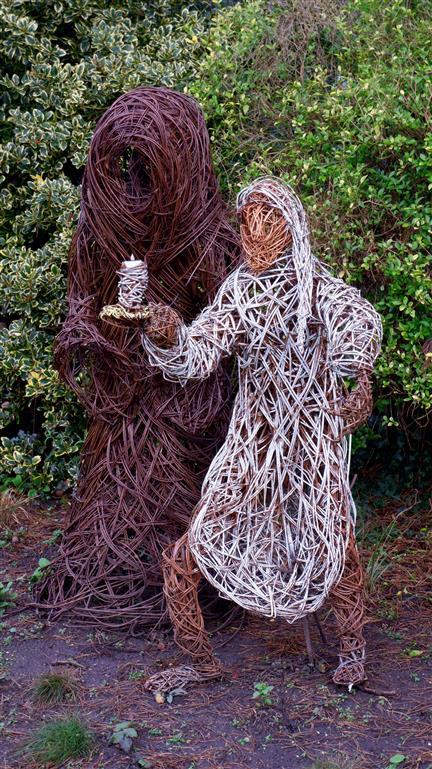


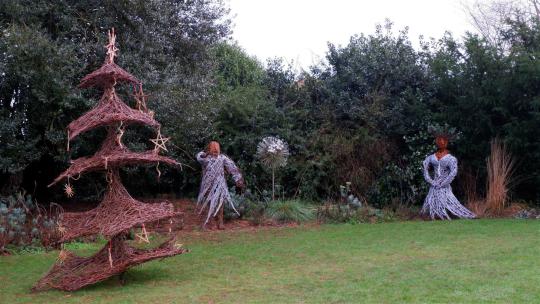
A Christmas Carol.
A sculptural display based on Charles Dickens A Christmas Carol at the Homestead, York, England.
#Christmas#Dickens#Sculpture#Ghosts#Academia#Wicker#Cottagecore#Cottageblr#Aesthetic#Gardens#Gardencore#Fairycore#Goblincore#Country#Countrycore#Warmcore#Softcore#Grandmacore#Green#Greencore#Seasonal
61 notes
·
View notes
Note
Reading your sock post, I realized you might just be the person to ask a question that a friend posted on FB: a knitting worldbuilding question!
In A Tale of Two Cities, Madame DeFarge knits the names of targets for the guillotine into her work. What was her coding scheme? The friend speculated that Dickens had met Charles Babbage at some point and was doing something with binary. After poking around a bit on the internet, I decided Dickens made it up, not knowing anything about knitting.
I did find schemes for encoding messages in two dimensions, possibly using colors. But such a scheme seems unlikely to encompass 26 letters and 5 accents in a way that can quickly encode a name (since there was a fair bit of volume to keep up with at the time).
What do you think? Is there a plausible scheme today? And would such a scheme have a chance of being available at the close of the 18th century?
So, I'm not an expert on this either! But I'll give it a go.
The first thing I remembered was that this has been done, albeit long after Dickens' day. I have seen videos and posts in which people talk about knitting as spycraft during the world wars. The challenge I then had was 'is this all just a giant game of internet telephone?'
And, my friend, this led me down a rabbit hole. I’ll get to your question in a bit, I just need to go on a detour about checking your sources. Because most of what I could find online was from sites with names like ilikeknitting500 dot com or girlbosshistory dot net (not real examples), all with the same vague story – in Belgium, the resistance would have people sitting by trainyards knitting, and they would drop a stitch for one kind of train, and purl for another, and so on and so forth. As a result, the government banned exporting knitting patterns! But they can’t even agree on what world war it was or which government banned it.
So where does this claim come from?
It took me a little while to find real articles with sources. What I eventually came away with was an Atlas Obscura article that has citations. One citation was a book I can't access by someone who, while I can't find any evidence she's a historian herself, has been endorsed by at least a couple. The link did give me an excerpt about a woman who would use her knitting to cover for tapping information about troop movements in code to her children below, who would write it instead of doing their schoolwork. In a similar vein, I could find information on people who used knitting to hide their spy work, as in the case of Phyllis Latour.
The other relevant citation was to a journal article in a (student-run, admittedly, but in some fields this isn't abnormal) peer-reviewed Open Access journal by an Jacqueline Witkowski, who is now an Associate Professor of Art, even if she wasn't then. This was the best of the bunch, because this cited a BBC Radio 4 program on the history of MI6. I thought this was going to be the end of the road for me, but then I realised you don’t need a TV licence to listen to the radio and that I do have a BBC account, so I logged in and listened to it and – bingo.
Alan Judd, a writer and ‘former soldier and diplomat’ according to Wikipedia, is the biographer of Mansfield Cumming, the original head of MI6, and he tells us about Belgian professionals recruiting little old ladies to go sit by train stations and knit, with the dropped and purled stitches. (He mentions nothing about banning sending knitting patterns.) Crucially, this is definitely during the First World War. I can’t access the book (and certainly can’t be bothered), but I would call this reasonably credible – it’s not as good as something from an actual archive, and I don’t automatically trust the BBC, but this radio series seems serious and also has the involvement of Actual MI6. So I think this is about as good as I’m going to get in a single evening.
We still don’t have the other half of the claim, the censorship. Witkowski says, “This [...] led to the Office of Censorship’s ban on posted knitting patterns in the Second World War, in case they contained coded messages.” There is a citation. But the citation is a Telegraph column by people involved in QI. QI, or Quite Interesting, is a British comedy panel show that I would place in the ‘edutainment’ category – it is an endless source of weird little facts, some of which are even true. Wikipedia has a section on mistakes and fact correction, and I can tell you from having watched the programme that it is usually correct on a surface level, but if you know anything about the relevant topic you’ll immediately start going ‘well, it’s actually more complicated than that…’
The QI column says, “During the Second World War the Office of Censorship banned people from posting knitting patterns abroad in case they contained coded messages,” and gives no sources. On historyhub.history.gov, someone has asked if there are any primary sources for this claim. Textual Reference Archives II Branch (RR2RA) replies that ‘some articles specify that this was a practice by the British government, whereas others attribute it to the United States,’ and gives the asker links to the records of the American Office of Censorship, and where they can learn more about British censorship. There are no more replies. I would hazard a guess that QI meant the Americans; UK censorship was handled by the Ministry of Information, which is common knowledge here and not something they would fuck up.
I originally was going to wash my hands of it, but then I thought… just one primary source? Just try? So I looked at a US government printout of their censorship regulations from 1943. No mention of knitting patterns, but all printed matter is banned for export to Europe, which would presumably encompass commercial knitting patterns by default.
So that’s that tangent, I wrote, thinking this was over. Because Charles Dickens died in 1870 and published ToTC in 1859, long before ANY of this happened! Also, Madame DeFarge’s code is far more sophisticated than any of this stuff. So let’s get back on track.
Your friend is not the only person to have speculated on the Babbage connection – Paul Curzon of Queen Mary University London also raises the possibility that Dickens was thinking of Babbage and Lovelace’s work –
Wait. Is that… I thought I’d escaped my tangent! But Curzon has dragged me back in! He adds an interesting note at the end of the article, though he doesn’t cite it - “In the Second World War, the United States censors held on to a letter that contained a knitting pattern so they could knit the jumper in case it did contain a message. Ultimately they banned people from posting knitting patterns overseas at all (along with playing chess by post) in case people were hiding messages in them.” I wish he’d cited it, but this is at least a real academic – a little more credible than QI! I hoped that this would be the source of the QI claim, but unfortunately I think it post-dates the QI article – it’s hard to tell. But QI could easily have got hold of that censorship decision.
YANKS SELF BACK WITH THE BIG HOOK.
Dickens was, in short, probably making an almost science-fictional prediction. He moved in the Babbage/Lovelace circle and would have known about their work. What Curzon does not say is that this is also the age of Morse code, which came into use in the 1840s, and the beginning of Boolean algebra! It’s easy to imagine him taking these ideas, along with any knitting knowledge he may have had, and coming up with the concept. Madame DeFarge is ahead of her time, but not too far ahead of Dickens's.
Now, I’m not a Dickens scholar, but I happen to be friends with someone who is and is also a knitter. So I’ve asked her if he might’ve known diddly squat about knitting, and we’ll see what she says.
…
How might it have worked? Well, knitting is versatile. You can, for instance, knit Doom. But Doom is already binary, because we have established systems of binary coding. DeFarge does not, and it wouldn’t be intuitive to convert these into names, especially before Boolean algebra. She might’ve had a Morse code-like framework. Morse code isn’t actually binary – it’s sort of trinary, because you need to space the letters. This isn’t necessarily a problem; you can use a yarnover (followed by knitting/purling two together, obv) to separate the letters, with, say, knit being dot and purl being dash. If you’re experienced, you might be able to read it as fabric, but it would be easiest to read it back in reverse as you unravel it.
Knitting this would likely be pretty quick. She can’t be using actual Morse code for the very simple reason that she pre-dates Mr Morse, and I also don’t know how actual Morse code handles French diacritics, but it took me, a person who has never done this before and doesn't understand Morse and had to make some modifications on the fly, about quarter of an hour to knit the Morse code alphabet (minus Z bc I reached the end of a row and got bored). It would be easier if you were using colours; you could have one colour for dot, one for dash, and use purl stitches to mark the ends of words. I cba to do that right now though.

In summary, clearly Madame DeFarge is an extremely adept code-maker of a kind that is… easier to have in fiction than in real life. She's ahead of her time and in some ways ahead of twentieth-century spycraft, but not implausibly ahead of Dickens's. And I’m a fucking nerd.
And @ the internet at large, generalised-you should check your fucking sources.
29 notes
·
View notes
Text

#words#personal#love#lit#quotes#quotations#Charles Dickens#Dickens#Charles#thoughts#heartache#heart break#heartbreak#lost love#relationships#relationship quotes#heartbreak quotes
51 notes
·
View notes
Text

Artful Dodger my character ever
#art#illustration#fan art#oliver twist#charles dickens#dickens#classic literature#classic lit#eng lit#english literature#victorian#oliver!#oliver 1968
189 notes
·
View notes
Text
these are my friends

see how they glisten

(porcelain figurines of Sydney Carton from 1940s Japan)
#see this one shine how he smiles in the light etc.#Sydney Carton#A Tale of Two Cities#AToTC#dickens#classic literature#memorabilia#vintage#antiques#doing these png edits is very fun i must say#kind of time-consuming but a much more fun way to post about these vintage items#also such a great way of showcasing all the variations!! which is a good chunk of the intrigue for me#and by the way#we are actually now almost completely through my memorabilia archives...#gonna try to find a few more at some point to pad the way through most of the rest of 2023#so that in 2024 i can start posting that new genre of post that i was talking about👁️👄👁️
72 notes
·
View notes
Text
#a christmas carol#christmas#charles dickens#christmas poll#poll#polls#christmas stories#december with dickens#dickens december#dickens#december#book club#tumblr book club#poll game#poll meme#tumblr polls
43 notes
·
View notes
Text
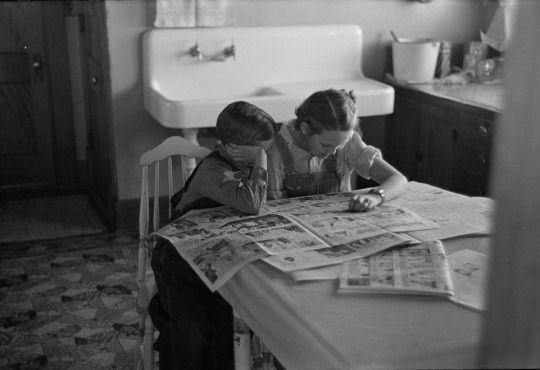
Untitled photo, possibly related to: Children reading Sunday papers, Rustan brothers' farm near Dickens, Iowa. Note convenience of running water in background. This farm was formerly owner operated but they are now tenants of Metropolitan Life. 1936
Photo by Russell Lee
26 notes
·
View notes
Photo



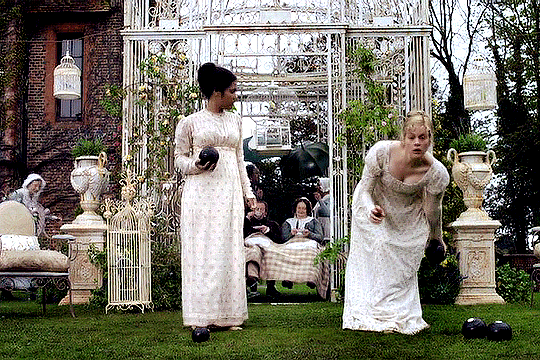


Little Dorrit (2008)
Episode 1
#little dorrit#matthew macfadyen#arthur clennam#perioddramagifs#perioddramaedit#tvgifs#tvedit#tv#perioddrama#period drama#charles dickens#dickens#amy dorrit#arthur x amy#british tv#british actors#claire foy#dickens adaptation#adaptation#arthur clennam: purest cinnamon roll#sweet arthur#one of my favorite looks he's ever had#the hair#sigh the hair
193 notes
·
View notes